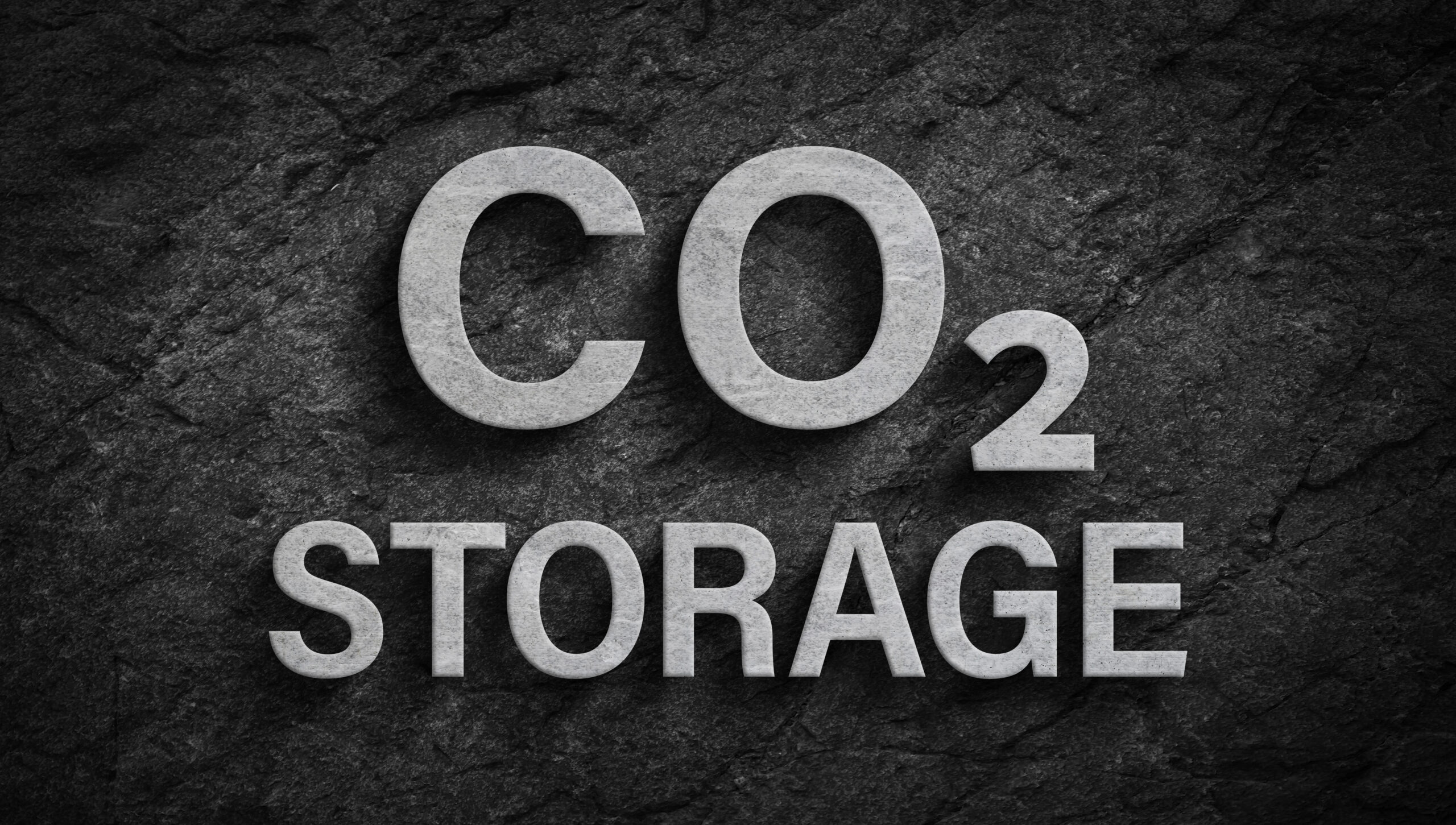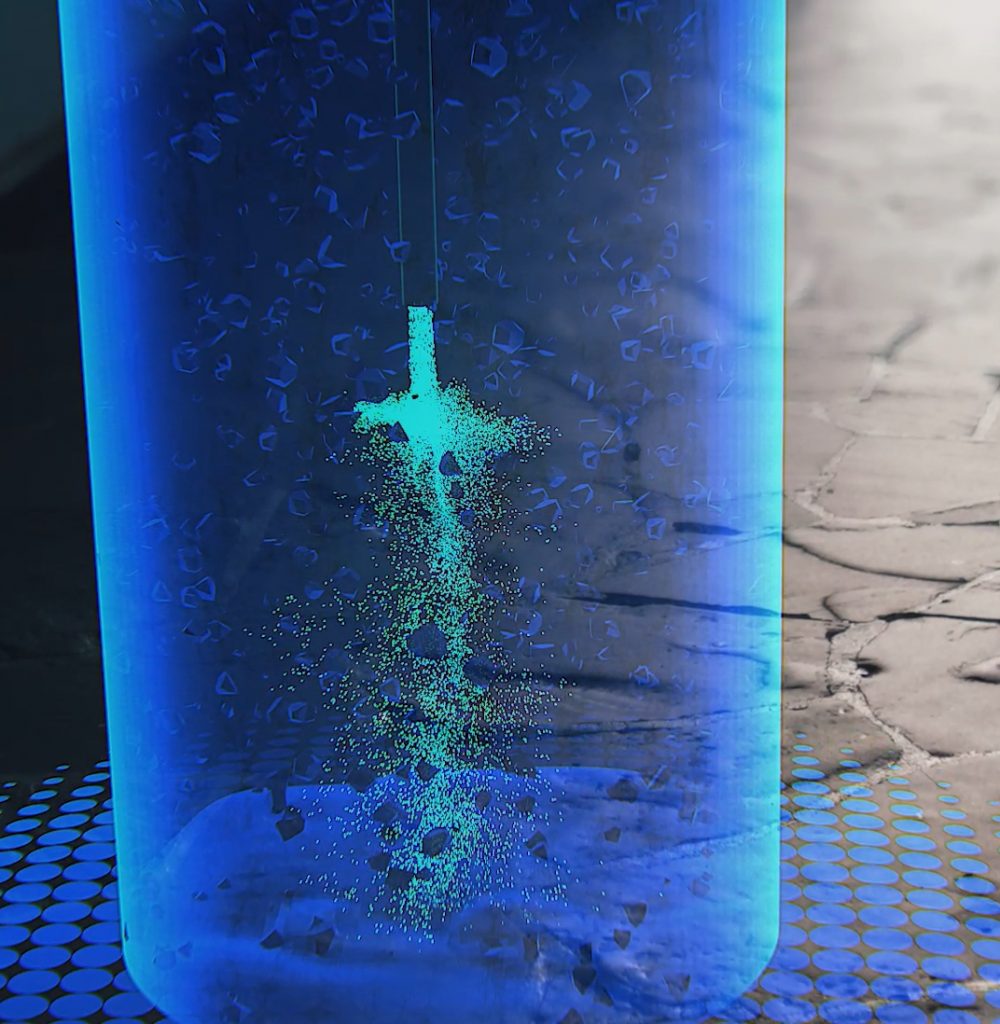
14.10.2024
CLIMIT; “The Sediment Detective” Finding Better CO₂ Storage
By combining mineral analyses from cuttings with Information from well logs, researcher Brit Thyberg and her partners are developing knowledge that will enable even safer CO2 storage.
The goal is to reduce both risk and cost while increasing understanding of the caprock on the Norwegian Continental Shelf (NCS). The project is supported by CLIMIT with 400,000 NOK. Gassnova’s CLIMIT representative Ernst Petter Axelsen is the project’s advisor.

Objective
A central goal is to reduce the risk and costs associated with CO2 storage. By increasing understanding of how the sediments and caprock behave during CO2 injection, the risk of leakage can be reduced, ensuring safe and efficient gas storage. This contributes to predictability and fewer incidents that could lead to unforeseen expenses. The quality or integrity of the caprock is critical for safe, permanent, and reliable CO2 storage in the subsurface.
By developing and testing a new model of how sediments change their properties over time, Brit Thyberg hopes to predict which areas are best suited for CO2 storage. The aim is to subdivide the subsurface into systems and identify which areas and intervals have caprock of sufficient quality. This contributes to safe and efficient injection and storage of CO2.
– The knowledge from this project can be utilized to develop AI algorithms, digital maps, or atlases, allowing us to predict the systems and utilize this information actively in our analyses and decision-making processes in real time, says Brit, who encourage collaboration on this work.
A Natural Laboratory
– We are lucky to work with the geology of the North Sea, as we have a natural laboratory with regional and stratigraphic variations, providing an excellent opportunity to study the complex processes that affect the composition of sediments in the subsurface, says Brit Thyberg. She explains that these sediments represent both opportunities and challenges.
The Cenozoic overburden in the North Sea consists of several different sedimentary units. This includes Paleogene marine swelling clays, sandy turbidites and injectites/synkites, and Neogene deltaic sand as well as offshore marine clays. Although these variations represent opportunities for CO2 storage reservoirs in the Cenozoic, they also pose challenges related to the sealing capacity of clays and claystones of the caprock. Clays and claystones mainly consist of different types of clay minerals (e.g. smectite, illite, chlorite, kaolinite), as well as silt, biogenic, and organic material. The primary composition varies depending on erosion from different source areas, climate, depositional environment, and variations in the supply of volcanic and clastic material. Variations in mineralogical composition can affect how the sediments respond to increasing pressure and temperature with greater burial depth. The regional and stratigraphic variations make it particularly important to understand the density and sealing capacity of clays and claystones above the reservoirs.
To predict which areas and intervals have favourable caprock properties for CO2 storage, Brit emphasizes the importance of regional understanding and mapping.
Dedicated Professional Innovator
For over 20 years, Brit Thyberg has been engaged in the study of North Sea geology, digitalization, technology development, and exploration, often at the forefront of innovation. – With a PhD in “overburden” focusing on clays and claystones in the North Sea, I see a great potential to systematize and utilize this knowledge for CO2 storage.
Brit’s career in clay research began in the mid-1990s when she was involved as a doctoral research fellow in an extensive EU project led by Professor Knut Bjørlykke at the University of Oslo. The aim was to integrate mineral data from cuttings with seismic and well logs to better understand the Cenozoic overburden in the North Sea. The interdisciplinary approach and integration of multiple data types in a large regional project was innovative. – What was new was also the expansion of our knowledge base on the composition of sediments in the shallower Cenozoic overburden in the North Sea. At that time, the focus was primarily on oil, gas, and the properties of deeper reservoir rocks, says Brit. She adds that the University of Oslo’s Department of Geosciences became, in many ways is a centre of expertise on clays and claystones through several major research projects.
Caprock Quality
In the large EU project, we found that clay minerals have different chemical and physical properties that influence the compaction degree of claystones in the subsurface. For example, we documented that coarse-grained glacial Pliocene clay undergoes relatively rapid mechanical compaction, whereas fine-grained Eocene smectite-rich clays derived from volcanic material, or fine-grained Pliocene marine smectite-rich clays, compact much more slowly. We also found a regionally extensive clay layer consisting of a mix of diatoms and clay minerals from the Oligocene in the northern North Sea, says Brit.
Diatoms are small, microscopic organisms composed of silica. When mixed with clay, the properties of sediments change, including their ability to function as a sealing layer for CO2 storage. However, these rock properties change with increasing burial depth. Professor Bjørg Stabell also discovered a -new- diatom species in the North Sea, named after Brit Thyberg: – Paralia Thybergii. The microfossil resembles the Colosseum in miniature.
Brit points out how different types of clay can influence the density of the caprock. The caprock must be dense enough to contain the gas but also be able to adapt to mechanical pressure and chemical changes without fracturing. – For instance, the presence of diatoms in clays and claystones can change the quality of the caprock, affecting how well it retains CO2.
By understanding how clay, diatoms, and various clay minerals affect the caprock properties, researchers can better predict which areas are most suitable for CO2 storage.
In 2012, Brit and her former colleague Professor Jens Jahren received a research award for their work on clay research. Brit combined geology with knowledge from network theory, which she had previously learned during her master’s in technology management, allowing us to view clays and claytones “with new eyes”. The findings from this research have significant relevance to Brit’s work on the CLIMIT project. The major collaborative industry project “NOROG Digital Cuttings” has also played an important role.

Data Digitalization
In 2018, the industry initiated a comprehensive three-year collaboration to digitalize cuttings data, which had previously only been stored, for example, at the Norwegian Offshore Directorate. Cuttings are small pieces of the subsurface taken out during well drilling. Over 700,000 samples from 1,934 exploration wells on the Norwegian Continental Shelf were digitalized and analysed. – The samples provide valuable information about the composition of the subsurface, particularly regarding sediment composition and intervals that may be relevant for CO2 storage, says Brit. She compares the process to drilling through a wall: – First you hit the wallpaper, then the gypsum board, and then the brick, with different material composition. In the same way, we utilize cuttings to analyse the differences in the composition of layers in the subsurface and obtain information about what is deposited. Cuttings provide researchers with insight into the entire drilling interval, not just intervals where cores have been taken. The digitalization project opened a new landscape for research and understanding of the subsurface, particularly of the shallower layers relevant for CO2 storage in the North Sea. Several operators and vendors on the NCS have incorporated the large dataset into their digital solutions. Further development and integration of cuttings data will be an important part of Brit Thyberg’s work to enhance knowledge about the properties of caprocks.
In the CLIMIT project, Brit utilized the data to screen for wells with clay-rich diatom layers, similar to those found in the 1990s. It turns out that many of these NOROG wells contain the mix of clay and diatoms in specific layers, including in several wells near current CCS licenses on the NCS. Increased knowledge of clay and its mechanical and chemical compaction can be useful for various projects, from infrastructure development to safe waste storage, offshore wind, and the green transition within oil and gas.
The Road Ahead
Business development has its challenges, especially in securing ownership of one’s work. To establish agreements and secure commercial ownership, Brit says it feels reassuring to have advice from Ernst Petter Axelsen and CLIMIT supporting her. – I have already experienced that having CLIMIT on board strengthens the integrity of the project. This will be important going forward, especially in dialogue with potential industry partners and collaborators, says Brit. By continuing the work, she hopes to develop innovative models, systems, and AI algorithms that provide even better understanding of how the subsurface can be utilized for CO2 storage. Brit Thyberg’s driving force is to make CO2 storage even safer and more cost-effective, and increase the knowledge about the caprock, based on research-driven innovation.
